Marine Stewardship Area
Long recognized as a biological treasure, the San Juan Islands have sites devoted to research, education, recreation and conservation. The unique marine ecosystem draws visitors from all over the world and is key to the islands’ economy and quality of life. In 2004, the San Juan Board of County Commissioners created the San Juan Marine Stewardship Area (MSA) and asked the MRC to work with scientists and community leaders to create a management plan that would achieve a healthy marine ecosystem in balance with human use and enjoyment.
The County Council adopted the San Juan Marine Stewardship Area plan in 2007. At community meetings held throughout the Islands, locals chose six protection strategies from the plan they felt were most important. In 2008, the MRC focused federal and state resources, provided coordination and launched programs to build local capacity for implementing six top strategies.
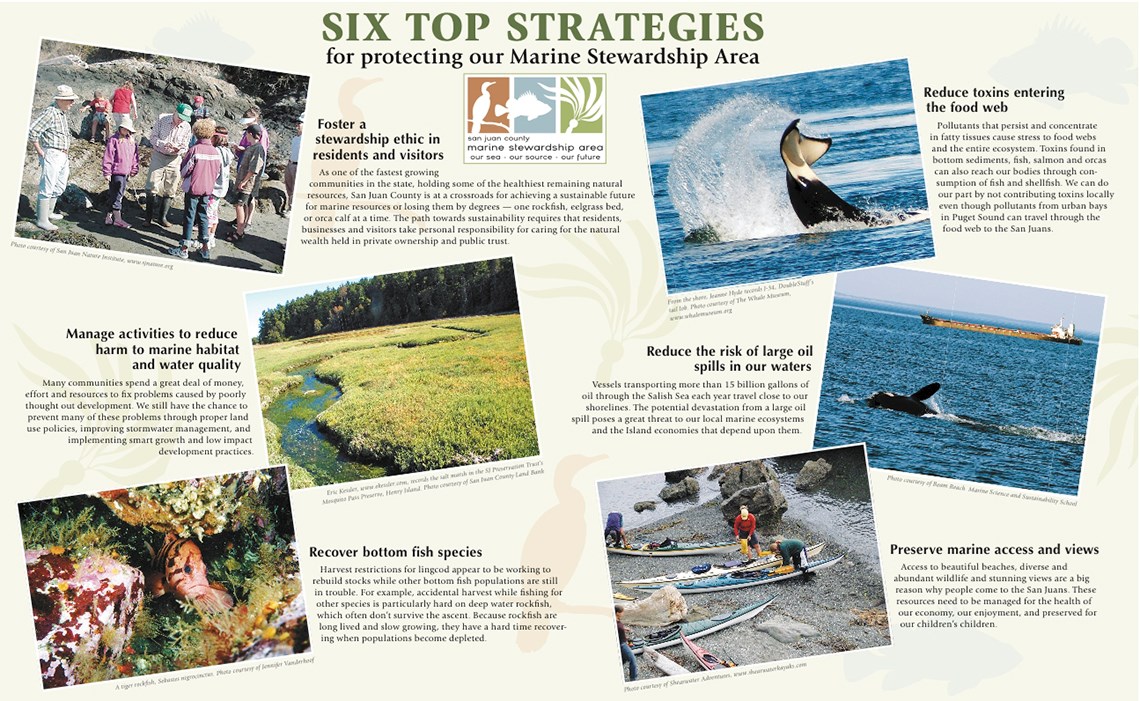
Our location in the Salish Sea at the crossroads, or perhaps more properly, crosswaters, of the Strait of Juan de Fuca, Strait of Georgia and Puget Sound provides food-rich waters with the capacity to support abundant marine life.
In 2004, the San Juan County Commisioners designated the entire county a marine stewardship area. We have over 400 miles of shoreline and only 175 square miles of land spread over an island chain with between 420 and 700 islands, reefs and rocks depending on the level of the tide. These waters and shorelines are home to six species of salmon, orcas, Dall's porpoise, Steller's sea lions, river and sea otters, lingcod, several species of rockfish and over 100 species of marine birds. Twenty two varieties of endangered Chinok salmon use the San Juans in various life cycle stage. Two valuable habitats that provide food and shelter for several kinds of marine life are found throughout the San Juans. Eelgrass grows along 140 miles of our shoreline and one third of the bull kelp in Puget Sound is found here.
The Marine Stewardship Area Plan
The San Juan Marine Stewardship Area resulted from the vision of dozens of local community leaders working together to create a plan which would sustain our use and enjoyment of local marine resources based on the best availalbe science. In 2007, the county adopted a plan representing three years of effort by the Marine Resources Committee and local fishers, community members, businesses, local and regional scientists, technical advisors and local and regional organizations including the UW Friday Harbor Labs, the SeaDoc Society, and Nature Conservancy and the Surfrider Foundation. The plan started the process of developing and prioritizing strategies and actions to protect and restore precious marine resources in the San Juan Islands. After extensive public involvement, six top strategies were identified for protecting our MSA.
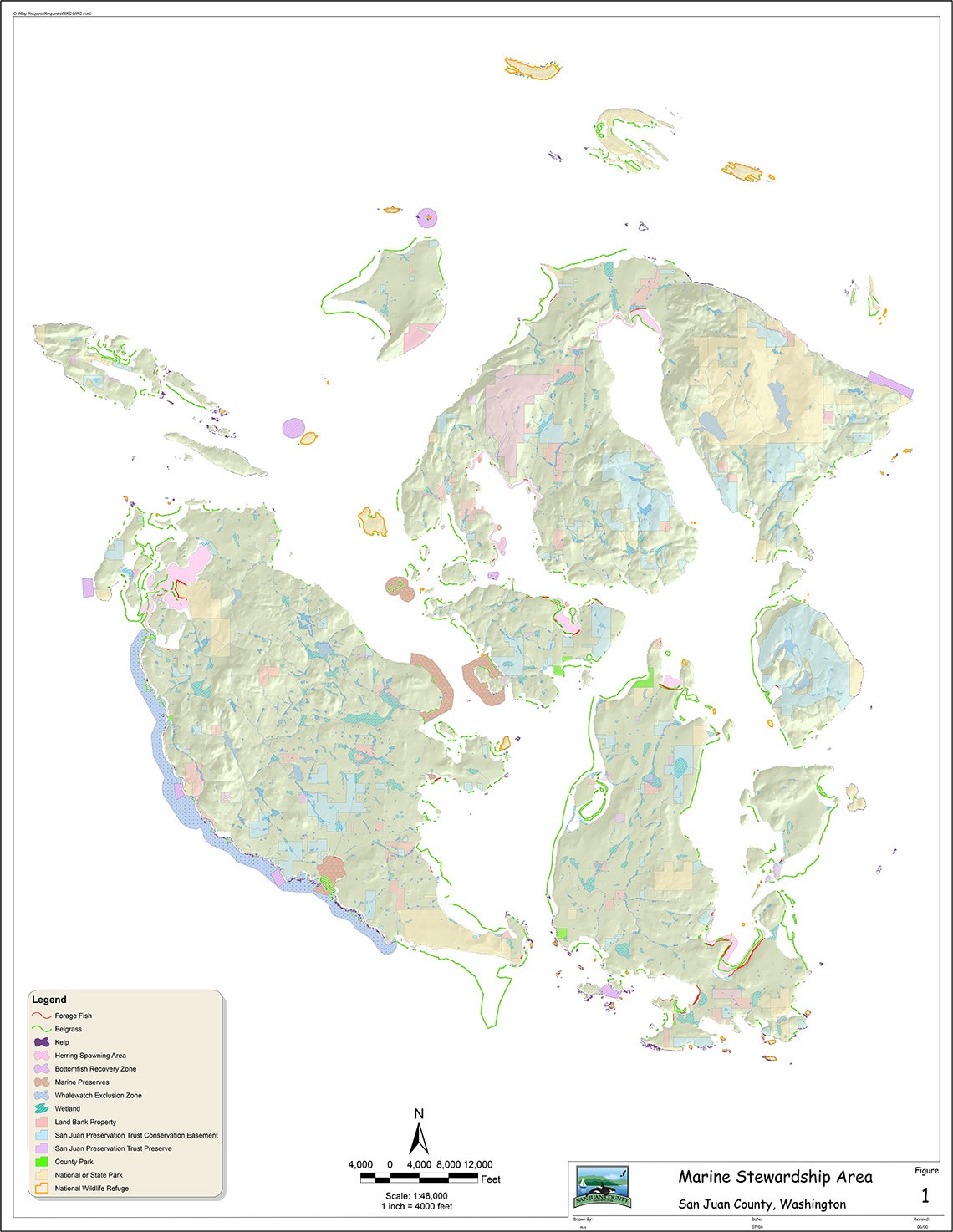
- San Juan Marine Stewardship Area Plan (2004)
- MSA Map
- Six Top Strategies for protecting our Marine Stewardship Area
MSA Protection Strategies
Long recognized as a biological treasure, the San Juan Islands have sites devoted to research, education, recreation and conservation. The unique marine ecosystem draws visitors from all over the world and is key to the islands’ economy and quality of life. In 2004, the San Juan Board of County Commissioners created the San Juan Marine Stewardship Area (MSA) and asked the MRC to work with scientists and community leaders to create a management plan that would achieve a healthy marine ecosystem in balance with human use and enjoyment.
The County Council adopted the San Juan Marine Stewardship Area plan in 2007. At community meetings held throughout the Islands, locals chose six protection strategies from the plan they felt were most important. In 2008, the MRC focused federal and state resources, provided coordination and launched programs to build local capacity for implementing these top strategies:
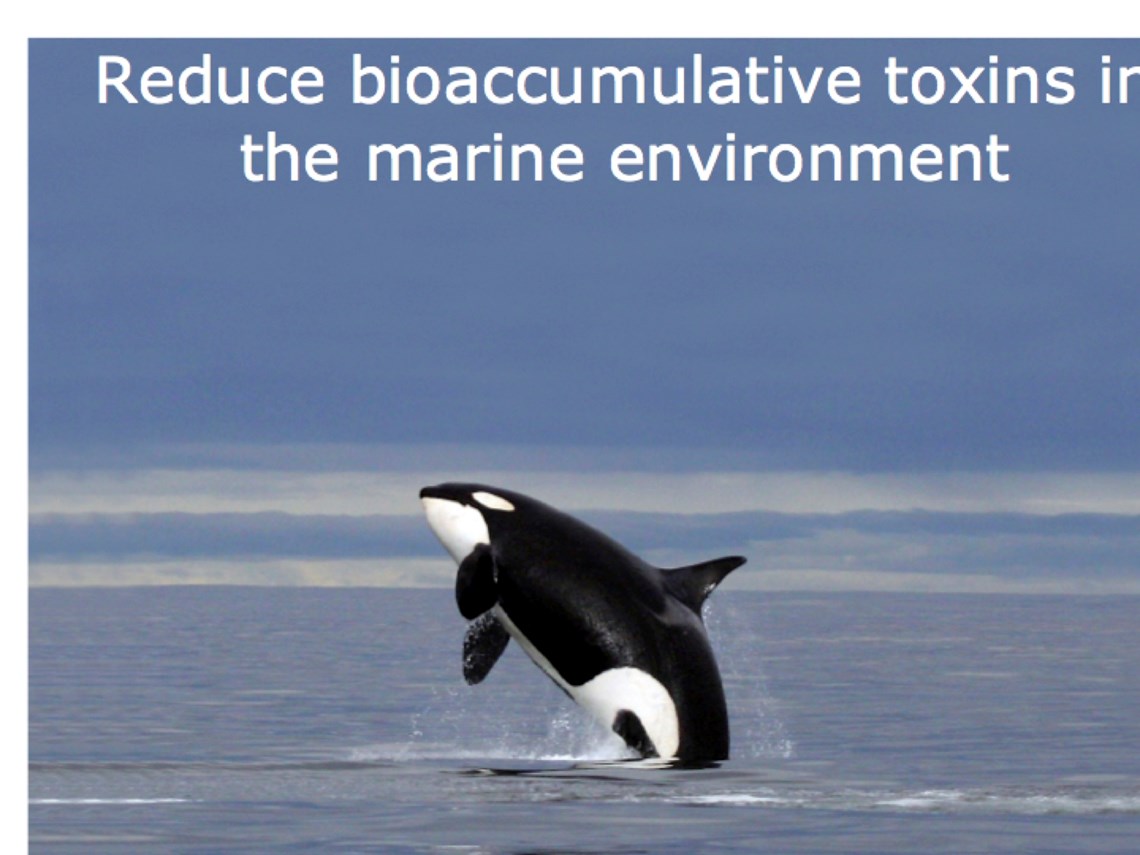
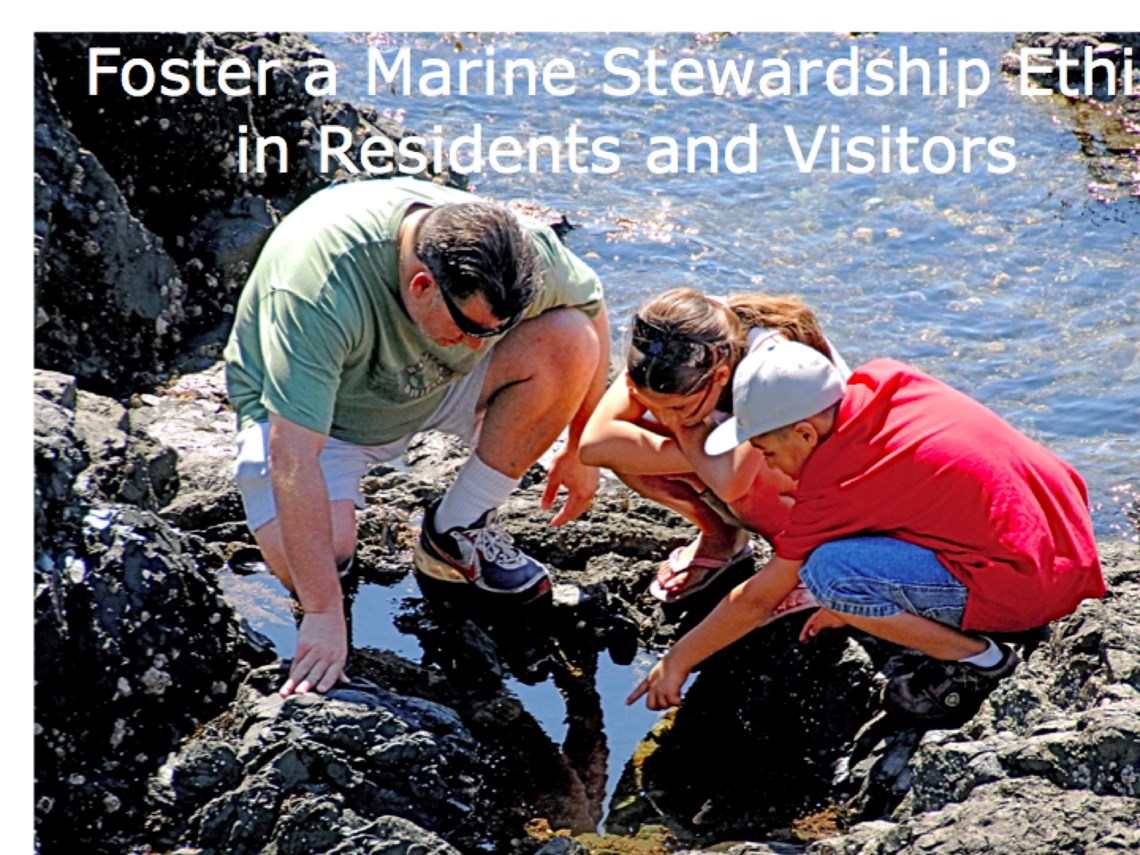
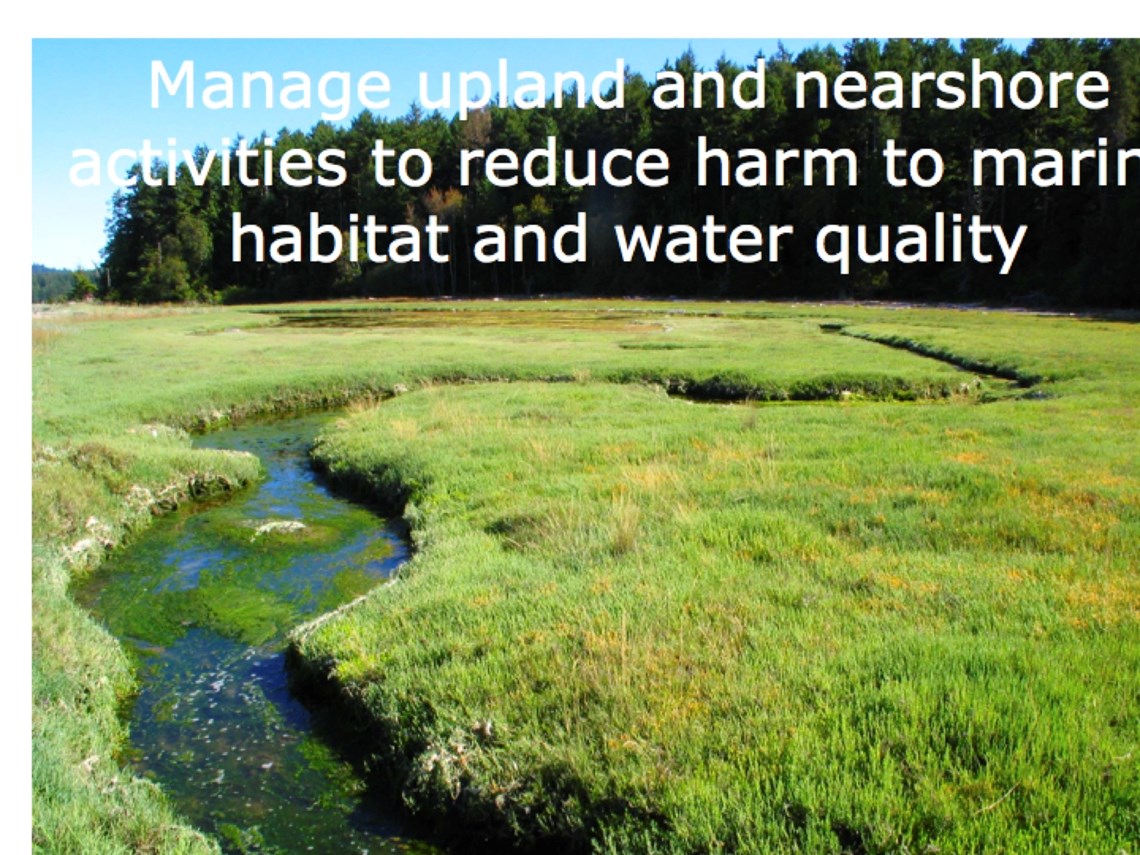
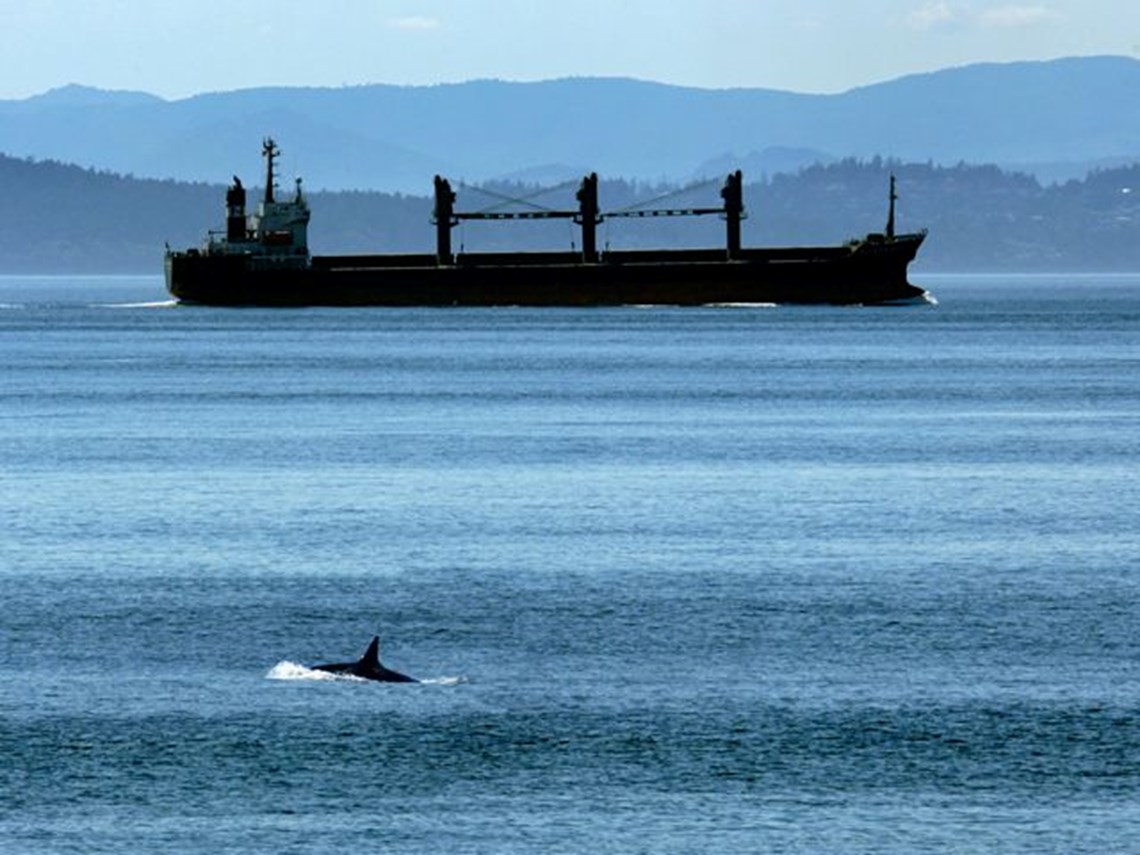
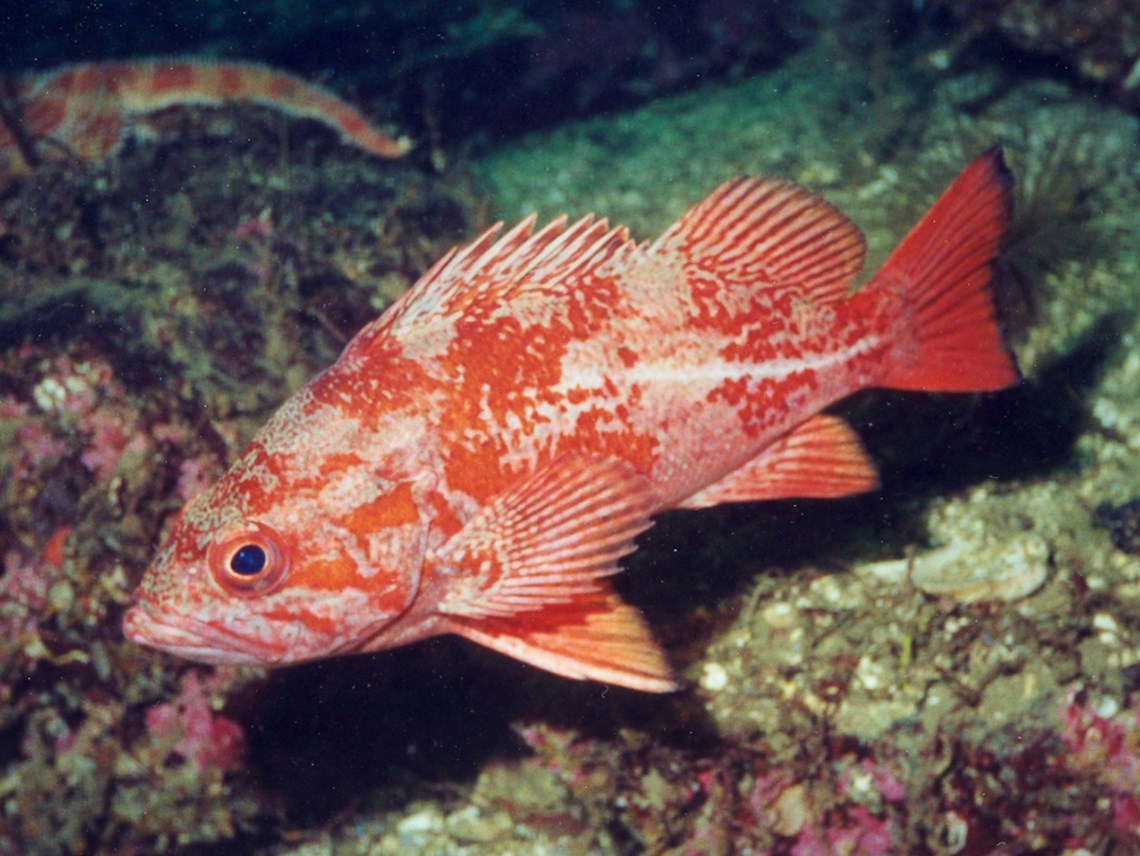
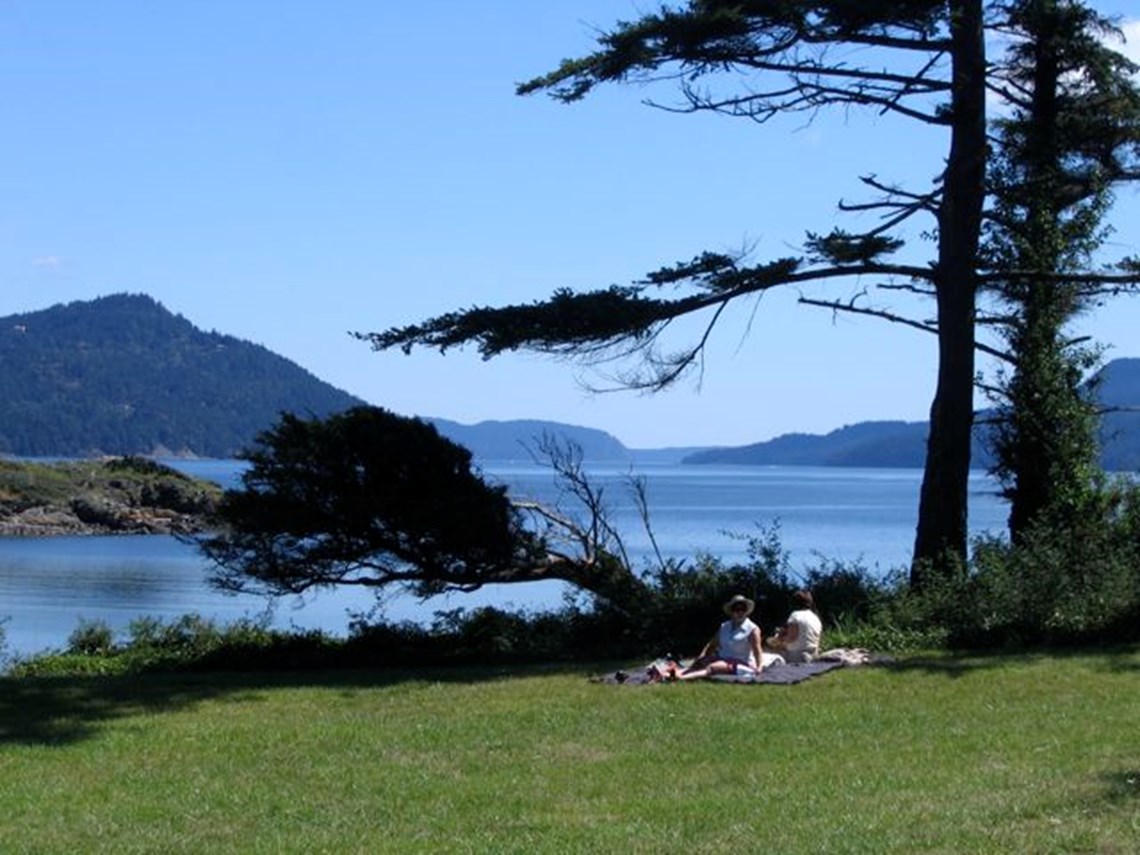
Monitoring the Health of Our Marine Stewardship Area
Related: Monitoring Highlights
In an effort to guide the stewardship of the San Juan Islands, the MRC identified groups of species and entire biotic communities that are critical in order to conserve and protect biodiversity, ecosystem benefits, and our way of life in the Islands. This information can be found in the MRC’s Marine Stewardship Area Plan, a grass roots effort that came from “bottoms up” local input and is voluntary. For each of these “targets,” the MSA plan identifies “key ecological attributes” (KEAs) paired with “indicators.” Targets are linked to benchmarks that allow us to gauge how close we are to meeting our stewardship goals.
Identifying exactly what is causing harm to our home place helps us make better choices to improve ecosystem health. The MSA plan identifies 16 threats that are impacting marine biodiversity targets. Most are related to human actions, and are caused by all us us making choices about the products we use in our homes, gardens, shops, yards, businesses, and work places; or how we maintain our boats, property and vehicles; or how we manage our roadways, driveways, septic systems, pastures, forests, building projects, and marine resources. It’s a “short run to the sea” in the San Juan Islands, and what we do on land impacts the health of our shorelines, beaches, nearshore habitats, and marine waters.
How do we know if our actions are helping or hurting the health of our shared ecosystems? Recording information about site characteristics in the field; tracking attributes of key species and their habitats; collecting samples of water, sediments, and other indicators, then analyzing those samples in a lab; and finally, interpreting the results can help answer this question. When this information recording, data collection, lab analysis, and interpretation occur over time, it is termed ”monitoring,” and it helps us zero in on what is working and what is not.
The MRC realized that a monitoring program was needed to track progress on MSA benchmarks. Led by Dr. Ken Sebens, Director of the University of Washington Friday Harbor Labs, with input from key scientists, the MRC developed a Marine Stewardship area Monitoring Plan to help track the health of local ecosystems.
In an effort to guide the stewardship of the San Juan Islands,the MRC identified groups of species and entire biotic communities that are critical in order to conserve and protect biodiversity, ecosystem benefits, and our way of life in the Islands. This information can be found in the MRC’s Marine Stewardship Area Plan, a grass roots effort that came from ‘bottoms up’ local input and is voluntary. For each of these targets, the MSA plan identifies key ecological attributes (KEAs) paired with indicators. Targets are linked to benchmarks that allow us to gauge how close we are to meeting our stewardship goals.
Identifying what is causing harm to our home place helps us make better choices to improve ecosystem health. The MSA plan identifies 16 threats that are impacting marine biodiversity targets. Most are related to human actions, and are caused by all us us making choices about the products we use in our homes, gardens, shops, yards, businesses, and work places; or how we maintain our boats, property and vehicles; or how we manage our roadways, driveways, septic systems, pastures, forests, building projects, and marine resources. It’s a "short run to the sea" in the San Juan Islands, and what we do on land impacts the health of our shorelines, beaches, nearshore habitats, and marine waters.
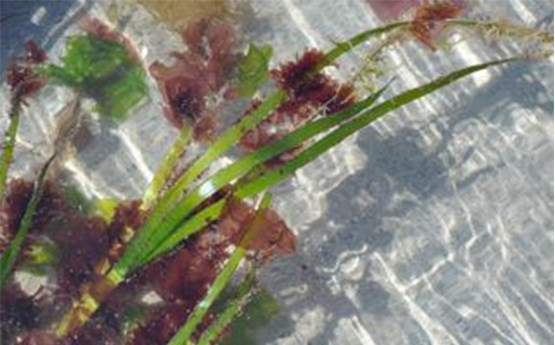

How do we know if our actions are helping or hurting the health of our shared ecosystems?
Recording information about site characteristics in the field; tracking attributes of key species and their habitats; collecting samples of water, sediments, and other ‘indicators’ then analyzing those samples in a lab; and finally, interpreting the results can help answer this question. When this information recording, data collection, lab analysis, and interpretation occur over time, it is termed ‘monitoring,’ and it helps us zero in on what is working and what is not.
The MRC realized that a monitoring program was needed to track progress on MSA benchmarks. Led by Dr. Ken Sebens, Director of the University of Washington Friday Harbor Labs, with input from key scientists, the MRC developed a Marine Stewardship area Monitoring Plan to help track the health of local ecosystems. This plan gives general recommendations and calls out monitoring specifics.
There are so many variables (temperature, pH, number of specific organisms, levels of pollutants, etc.) to measure in so many places over such a range of time periods, how does one decide what/where/when to monitor? To help answer this question, MRC science and monitoring subcommittee members joined with others involved in local monitoring efforts to form a monitoring Group. A Prioritized Monitoring Strategy was developed through a series of individual interviews and group meetings from spring of 2010 through June 2011. The strategy gives next steps and aciton items that the MRC hopes to take over a three year timeframe in order to move local ecosystem monitoring forward.
Recognizing the importance of community involvement, the MRC hosted Community Monitoring Roundtables on Orcas, San Juan and Lopez islands during the fall of 2010. A Summary of Local Monitoring Efforts shows the local groups that train and coordinate the many community members who volunteer their time to improve the health of our ecosystems.
The MRC's Monitoring Database (Excel) lists ongoing and recently unfunded efforts by local, regional, state, tribal, federal, and transboundary entities. Partnering with other groups to meet the goals and benchmarks of the MSA plan is especially important to the MRC. In order to reduce overlap and increase outcomes, the MRC is also coordinating with the implementation of other local planning efforts that involve ecosystem monitoring.
References
- Marine Stewardship Area Monitoring Plan and Strategy
- A Prioritized Monitoring Strategy for the MSA
- Summary of Local Monitoring Efforts
- San Juan Islands Monitoring Database